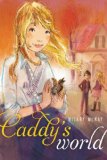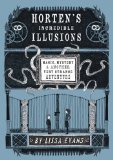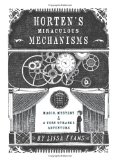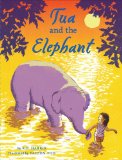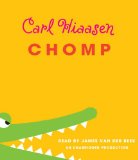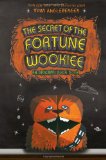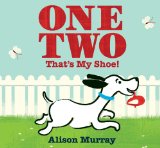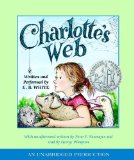Review of Caddy’s World, by Hilary McKay
by Hilary McKay
Margaret K. McElderry Books (Simon & Schuster), 2012. 265 pages.
This is another book about the marvelously quirky, highly disfunctional, and utterly delightful Casson family. The parents are artists, and all the children’s names are colors. Caddy’s World is a prequel that takes place before all the other books. It’s about Caddy and her four friends and all the changes that happened in Caddy’s world when her youngest sibling was born and spent months in the hospital.
I’m afraid I wasn’t as enraptured with this book as I was with all the others. Maybe because I knew the baby in later books, so I wasn’t worried about her? Maybe because I knew some revelations about their philandering father and held that against him back when he was still pretending to be part of a normal family?
This story isn’t as much about the Casson family as it is about Caddy and her three best friends. Here’s how the book opens:
These were the four girls who were best friends:
Alison . . . hates everyone.
Ruby is clever.
Beth. Perfect.
Caddy, the bravest of the brave.
(“Mostly because of spiders,” said Caddy.)
I have to admit that Hilary McKay has a way of making concerns for these girls that transcend the ordinary. There’s a boy Caddy likes who’s a boyfriend to three of them but wants to conquer the fourth. One of them is horrified to be outgrowing her pony. One of them is being offered a scholarship but doesn’t want to leave her friends. One of them has parents who want to sell their house and move to New Zealand. And Caddy finds a little bird and tries to save its life. Then when the new baby is born, it looks an awful lot like that little doomed bird.
Hilary McKay’s books are always charming. I think I’d suggest that readers start with this one, chronologically the first about the Casson family, and I suspect they won’t be bothered by the things they already know, like I was. I also suspect that most readers who once meet the Cassons will want to read on.
HilaryMcKay.co.uk
simonandschuster.com
Find this review on Sonderbooks at: www.sonderbooks.com/Childrens_Fiction/caddys_world.html
Disclosure: I am an Amazon Affiliate, and will earn a small percentage if you order a book on Amazon after clicking through from my site.
Source: This review is based on a library book from Fairfax County Public Library.
Disclaimer: I am a professional librarian, but I maintain my website and blogs on my own time. The views expressed are solely my own, and in no way represent the official views of my employer or of any committee or group of which I am part.
Please use the comments if you’ve read the book and want to discuss spoilers!
